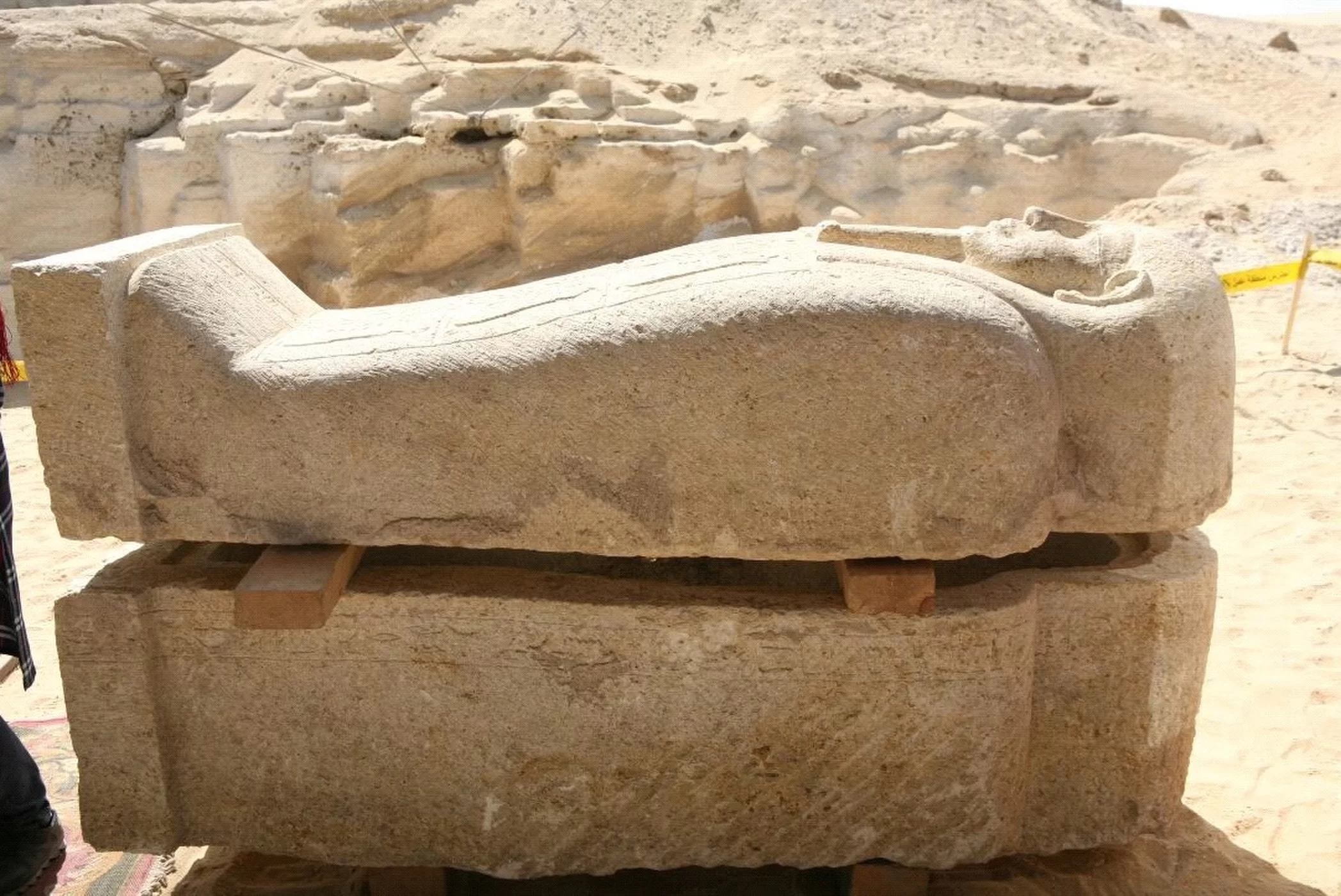Information
2,300-Year-Old Cemetery with Mummy Priests Found in Egypt
Archaeologists have discovered a 2,300-year-old underground cemetery that holds burials of the mummified remains of priests who worshipped the god Thoth. One priest was found wearing an amulet that said "Happy New Year" in Egyptian hieroglyphics.
In ancient Egypt, priests presided over religious ceremonies and rituals dedicated to the god or goddess they worshipped.
Discovered at the ancient Egyptian site of Tuna el-Gebel, to the west of the Nile River, the cemetery contains numerous burial shafts, and archaeologists expect the excavations will take about five years to complete, said Egyptian antiquities minister Khaled El-Enany during a press conference on Feb. 24.
Though archaeologists don't know the identities of all the deceased, they know at least some of the burials belong to priests who worshipped Thoth, the god who ancient Egyptians believed was the inventor of writing.
One mummy, thought to be a high priest of Thoth, was found with an inscription saying that his name is "Djehuty-Irdy-Es," the antiquities ministry said in a statement. His mummy was decorated with a bronze collar in the shape of the Egyptian sky goddess Nut. Numerous blue and red beads also decorated his mummy; inside the coffin, archaeologists also found four amulets, one of which was engraved with Egyptian hieroglyphics that translate to "Happy New Year."
The date of the ancient Egyptian New Year varied, but around 2,300 years ago, it often took place in July, many scholars believe.
Archaeologists from Cairo University have been excavating the many cemeteries at Tuna el-Gebel for about 80 years. In 2017, they discovered another cemetery at the site that contained a series of underground catacombs. Both the 2017 and 2018 excavations were led by Mostafa Waziri, the Secretary General of the Supreme Council of Antiquities.
Originally published on Live Science.
Category: English
News
Information
Key words:



